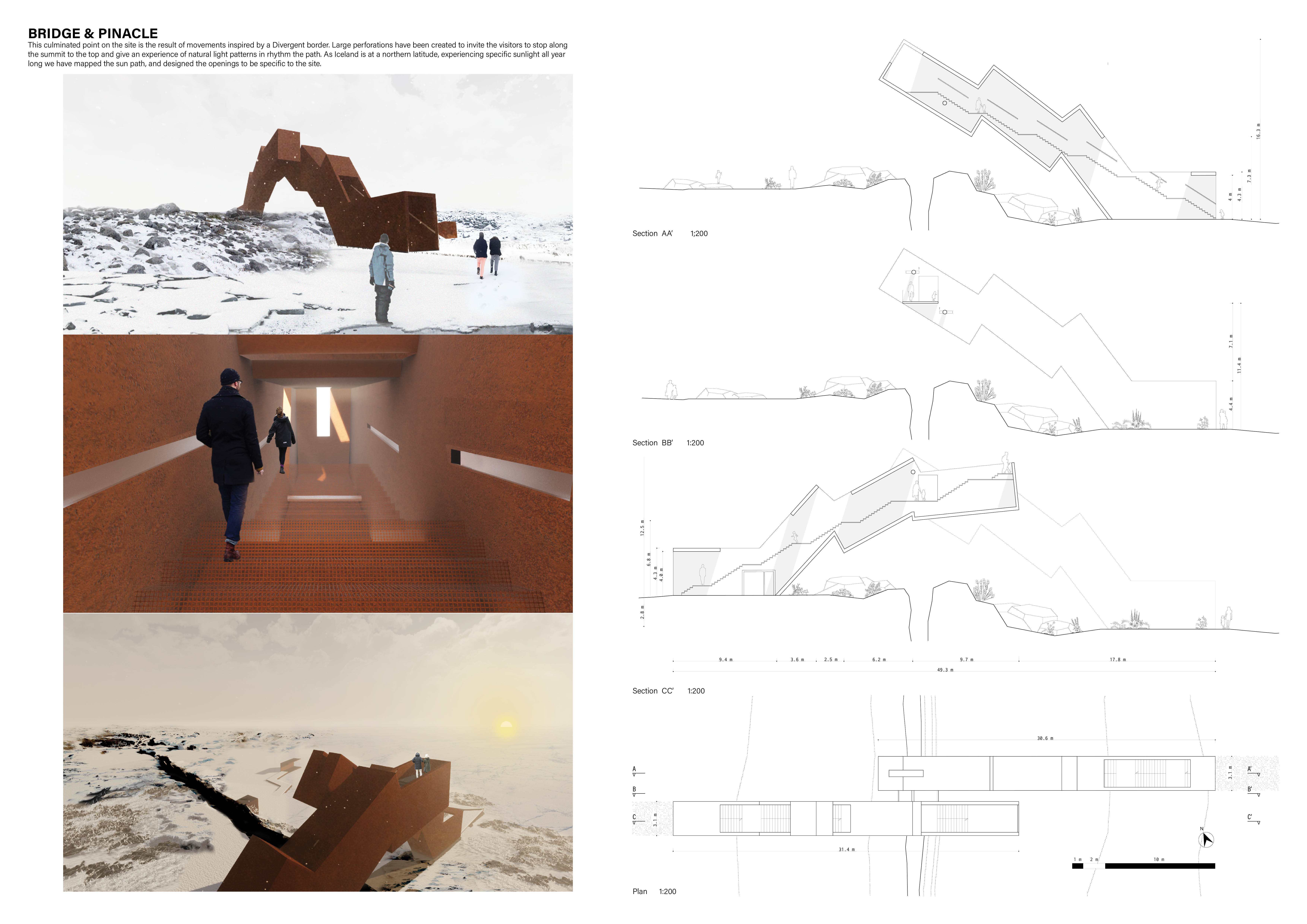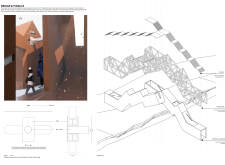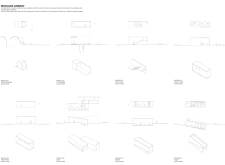5 key facts about this project
At its core, the architecture serves as a multifunctional space designed to accommodate various activities. This adaptability is central to the project’s concept, allowing for seamless transitions between different uses. The design does not merely respond to the immediate site; it also integrates broader contextual influences, demonstrating a clear understanding of site-specific challenges and opportunities. This consideration is evident in the layout, which maximizes natural light and ventilation, fostering an inviting atmosphere for occupants.
Materiality plays a significant role in the overall design, with a deliberate selection of materials chosen for both aesthetic appeal and functional performance. Common materials utilized in this project include reinforced concrete, glass, steel, and sustainably sourced timber. The concrete structure provides durability and strength, while the expansive glass facades allow for transparency, blurring the boundaries between the interior and the exterior. This interaction with the outside world is important, fostering a connection with nature and enhancing the occupants’ sense of space. The use of steel frames contributes to the project’s structural integrity while allowing for innovative design elements that enhance visual interest. Sustainably sourced timber is thoughtfully integrated, providing warmth and a tactile quality that softens the overall aesthetic, creating inviting interior spaces.
One of the unique aspects of the design is its attention to sustainability, which informs many of the architectural decisions. The project incorporates elements such as a green roof and passive solar strategies, emphasizing not just the functionality of spaces but also their environmental impact. These design strategies minimize energy consumption and enhance the building's efficiency, contributing positively to its ecological footprint. The landscape design surrounding the structure harmonizes with the architecture, incorporating native plants that require minimal maintenance and further enhancing the project’s sustainability goals.
The articulation of the façade is another noteworthy detail, combining varied textures and materials to create visual depth and interest. This careful tailoring extends to the entrances, which are designed to be welcoming while also respecting the scale of the human figure. Each entrance point is carefully considered to guide users not only into the building but also through the space, encouraging exploration and engagement with the architecture.
Inside, the spatial organization emphasizes fluidity and connectivity. Open floor plans are complemented by strategically placed partitioning elements, allowing for both communal and private interactions. This balance is key to the project’s success, enabling it to adapt to diverse activities, from collaborative meetings to quieter, focused tasks. The interior finishes feature a combination of polished surfaces and textured elements, designed to create an inviting yet professional atmosphere.
Architecture is inherently a reflection of its time, and this project stands as a testament to contemporary design ideals, prioritizing user experience, sustainability, and contextual relevance. The careful consideration of every element—from material selection to spatial organization—demonstrates a comprehensive understanding of modern architectural practice.
For those interested in delving deeper into the nuances of this architectural endeavor, reviewing the architectural plans and sections will provide valuable insights. These documents reveal the intricate details that underpin the overall design, illustrating how architectural ideas materialize into functional forms. As the project continues to inspire discussions around innovative design solutions, engaging with its details offers a richer understanding of its contributions to the field of architecture.


























